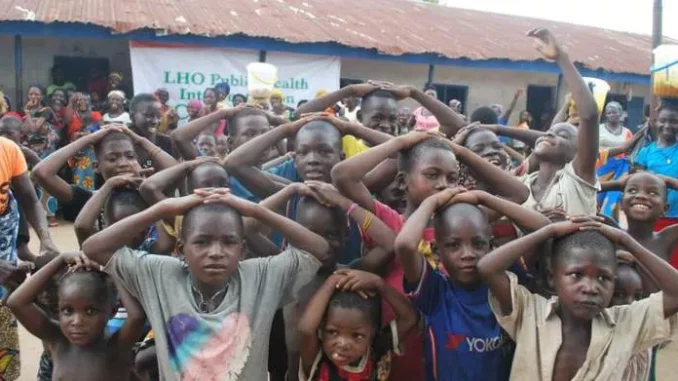
The United Nations Children’s Funds (UNICEF), says about 75.2 per cent of children in Katsina State are multidimensionally poor and are experiencing deprivation in at least three dimensions of well-being.
The UNICEF at the same time said the children were experiencing deprivation in nutrition, health, education, water, sanitation, housing and information.
Fatimah Musa, Social Policy Specialist with UNICEF, Kano Field Office, disclosed this in a presentation titled: “Investing in Katsina Children” at the onset of a 4-day engagement with Katsina House of Assembly on Thursday.
The workshop was to strengthen the roles of the lawmakers around budgeting systems, across the State Development Plan (SDP), Medium Term Expenditure Framework, and Fiscal Strategy Paper amongst others.
According to the UNICEF social policy specialist, no fewer than 61.2 per cent of children are also financially poor and live in poor households.
“There’s the need to invest in children because it is a right of every child that state parties are obligated to provide resources to the maximum of their possibilities.
“And also to progressively promote, fulfil and protect all rights for all children,” she said.
According to her, UNICEF focuses on strengthening government budget systems to ensure that public resources reach children most in need.
“Reducing the quality or accessibility of health care, education and other services for children, and also the lack of detailed assessment of how much the government is spending on children.
“Annual budgets are not aligning with state planning tools, such as MTEF and State Development Plans (SDP),” she said.
She further explained that public policy should be accounted for in the budget, to ensure financial resources are leveraged on to make a difference for children.
According to her, effective public financial management is therefore critical to achieving sustained improvements in sector service delivery performance.
“UNICEF’s support to the government is to analyse the efficiency, equity, and sufficiency of investment in children.
“Strengthen institutions to invest in children and support the government to develop instruments that will determine the level of investment in children,” she revealed.

Leave a Reply